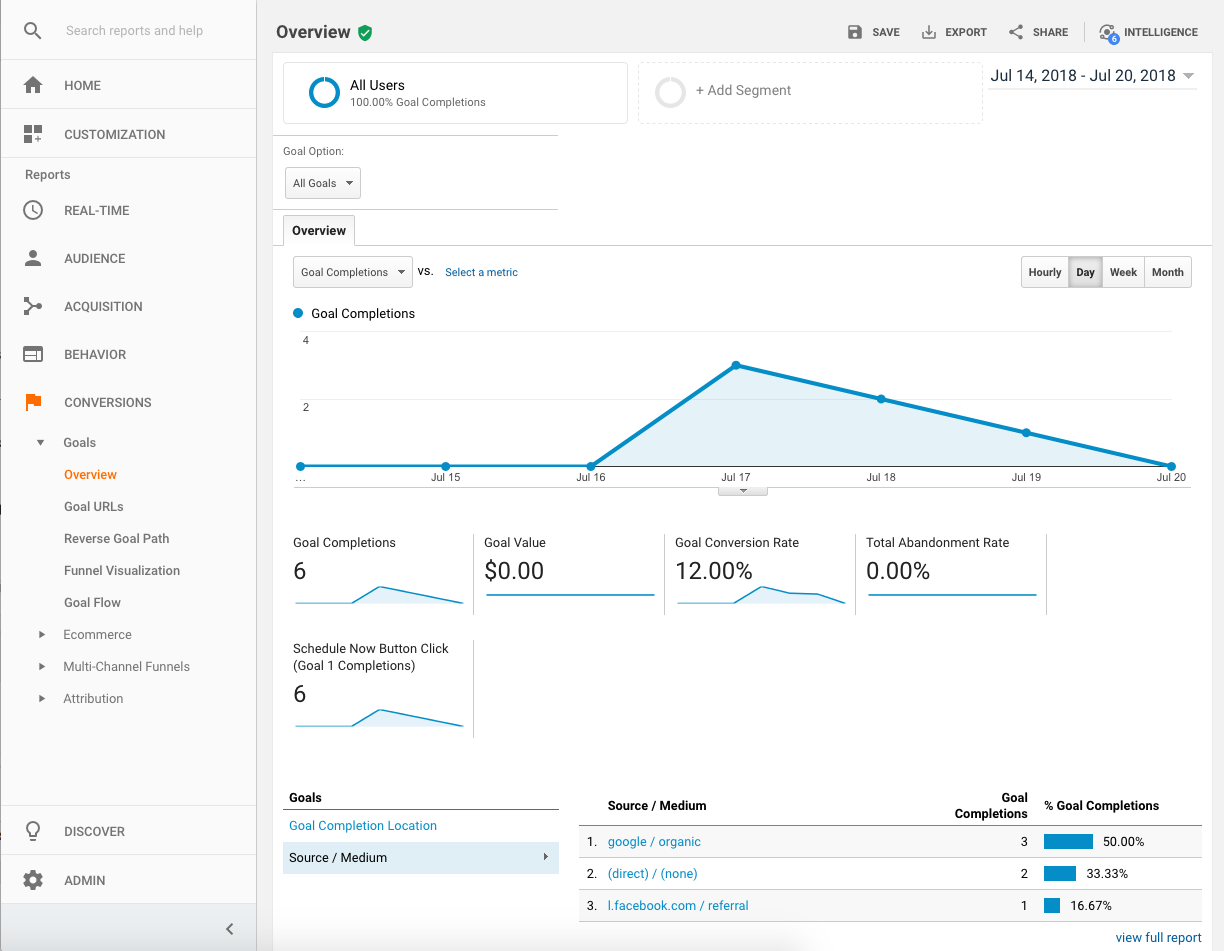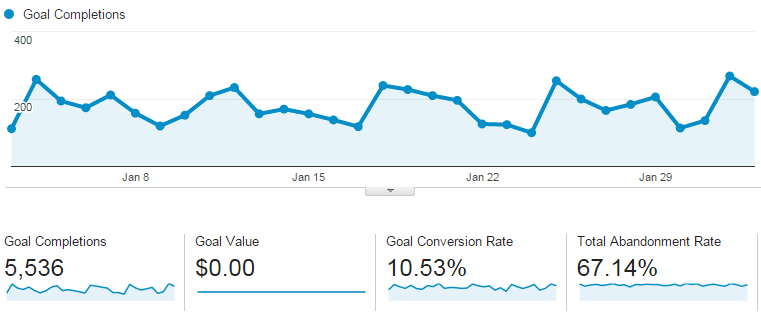What Data Is Google Analytics Goals Unable to Track and Why
Discover the Limitations of Google Analytics Goals: Introducing the Data Kind That Remain Untrackable
As businesses increasingly rely upon data-driven decision-making, comprehending the constraints of devices like Google Analytics becomes paramount. While Google Analytics Goals deal valuable insights right into individual interactions, there exist data types that thwart monitoring, positioning challenges to a detailed understanding of customer behavior. These untrackable information kinds increase concerns regarding the accuracy and completeness of the analytics data that organizations heavily rely upon for their digital methods. Curious to discover the hidden dead spots in your information analysis procedure?
Insufficient Customer Journey Tracking
Incomplete individual trip monitoring within Google Analytics can prevent the capacity to precisely evaluate user behavior. When the customer trip is not completely tracked, there are voids in the information that protect against an extensive understanding of just how users communicate with an internet site. This absence of insight can lead to missed out on chances for optimization and renovations to the individual experience.
One common concern with incomplete individual trip monitoring is the failure to see the complete course that customers take before completing an objective or leaving the site. Without this information, it is testing to identify where customers might be running into obstacles or rubbing points that prevent them from converting. Furthermore, insufficient tracking can cover the effect of certain advertising efforts or site adjustments on individual behavior.
To resolve this constraint, it is vital to establish correct tracking mechanisms within Google Analytics to record the entire customer trip. This may entail establishing occasion monitoring, objective funnels, or utilizing tools like Google Tag Manager to make certain that no essential communications go unrecorded. By acquiring an extensive sight of the customer trip, site proprietors can make more educated decisions to enhance customer involvement and drive conversions.
Acknowledgment Difficulties
Navigating with attribution difficulties in Google Analytics needs a comprehensive understanding of how various touchpoints contribute to the overall conversion procedure. Acknowledgment difficulties emerge from the complexity of contemporary consumer journeys, where customers communicate with multiple channels prior to converting. Google Analytics provides different acknowledgment versions like first touch, last touch, and linear, each offering a different perspective on just how debt is appointed to touchpoints along the conversion course. These versions may not always precisely mirror the real effect of each touchpoint on the conversion.
One usual acknowledgment obstacle is the difficulty in associating conversions to the proper resource, particularly in cases where users communicate with several channels prior to converting. Additionally, cross-device monitoring poses another attribution obstacle, as users usually change in between devices during their trip, making it challenging to track their interactions effortlessly.
Offline Conversions
Given the difficulties linked with attributing conversions properly in online channels, the dimension of offline conversions provides a substantial possibility for marketers seeking a more comprehensive understanding of their clients' journey. Offline conversions refer to activities that customers absorb the real world, such as making purchases in brick-and-mortar shops or over the phone, attending events, or engaging with published materials - what data is google analytics goals unable to track. These conversions are read the full info here important for services that operate both online and offline, as they offer beneficial understandings right into the performance of marketing campaigns across numerous touchpoints
Tracking offline conversions commonly postured a substantial difficulty for marketing experts, as it was testing to connect these activities back to particular online interactions accurately. However, with advancements in technology, such as the assimilation of CRM systems, distinct identifiers, and discount coupon codes, companies can currently link the space between online and offline information to acquire an extra alternative sight of consumer actions. By properly gauging offline conversions, marketing experts can maximize their strategies, allocate sources extra efficiently, and ultimately improve the general customer experience.
Cross-Device Tracking
Cross-device monitoring plays a vital role in understanding the interconnected nature of consumers' digital communications throughout multiple tools. In today's omnichannel globe, where individuals seamlessly switch over between tablets, mobile phones, and desktop computers, tracking their behavior across these tools is vital for marketing experts to obtain a thorough sight of their client journey.

Additionally, personal privacy concerns and regulations such as GDPR and CCPA have even more complicated cross-device tracking. With users requiring more control over their data and enhanced limitations on monitoring technologies, online marketers should discover privacy-compliant and innovative means to attach individual interactions across gadgets.
Dynamic Material Interaction
Understanding customer involvement with vibrant web content is essential in enhancing digital advertising techniques for enhanced target market communication. Dynamic content describes site components that alter based on user behavior, choices, or various other elements, offering an individualized experience. Tracking user communications with dynamic web content presents obstacles for traditional analytics tools like Google Analytics.
While Google Analytics can track fundamental communications like clicks wikipedia reference and web page views, it may have a hard time to catch more nuanced engagements within dynamic content. what data is google analytics goals unable to track. Metrics such as time invested in particular vibrant aspects, float actions, or communications within pop-ups are usually not quickly measurable utilizing basic tracking approaches. This restriction impedes online marketers' capacity to completely realize just how individuals are involving with dynamic content and tailor their approaches accordingly

Final Thought
To conclude, Google Analytics objectives have limitations in tracking incomplete user journeys, attributing conversions precisely, catching offline conversions, tracking cross-device communications, and determining vibrant web content involvement. These restraints highlight the relevance of discovering added monitoring approaches and devices to obtain an extra thorough understanding of user actions and conversions past what Google Analytics can give.
While Google Analytics Goals deal beneficial understandings right into individual interactions, there exist data types that thwart monitoring, posturing obstacles to a comprehensive understanding of user actions.Insufficient individual journey tracking within Google Analytics can hinder the ability to properly assess customer habits. When the user journey is not totally tracked, there are spaces in the data that prevent a comprehensive understanding of just how individuals communicate with a web site.One typical issue with insufficient individual trip monitoring is the lack of ability to see the complete course that users take before finishing an objective or leaving the site. By gaining a comprehensive sight of the individual journey, internet site owners can make more educated decisions to boost individual engagement and drive conversions.